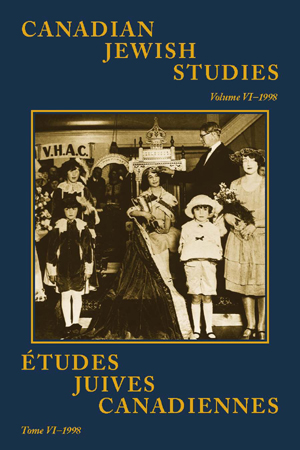George Drew and the Rabbis: Religious Education in Ontario’s Public Schools
DOI:
https://doi.org/10.25071/1916-0925.19833Abstract
In 1944, Ontario Premier George Drew’s minority Conservative government introduced compulsory religious education into the Province’s public schools. The enabling legislation, the “Drew Regulation,” prescribed two one-half hour periods of religious instruction per week. A response to world-wide godlessness symbolized by Nazi Germany’s crimes, remarkably, the Drew Regulation remained in place for forty-six years. Over time it became clear that the Regulation was being used for decidedly Protestant purposes, and the task of opposing the Regulation fell to the Jewish community. The Jewish community, sensitive to the abuses visited on Jewish and other minority children by this Regulation, was nevertheless hamstrung by its reticence to assume a high public profile, especially when this meant clashing with deeply-felt convictions of the general community. Among the most outspoken critics of the Regulation in the Jewish community was Rabbi Abraham Feinberg, spiritual leader of Toronto’s Holy Blossom Temple who found himself at odds, not only with the general community, but also, for various reasons, with sectors of the Jewish establishment.Downloads
Published
How to Cite
Issue
Section
License
Canadian Jewish Studies/ Études juives canadiennes is a journal dedicated to the open exchange of information; therefore the author agrees that the work published in the journal be made available to the public under a Creative Commons Attribution-Noncommercial-No Derivative Works 4.0 Unported License. The publisher (Association for Canadian Jewish Studies / Association d'études juives canadiennes) recognizes the author's intellectual property rights; authors retain copyright over their work. The author grants the publisher first serial publication rights and the non-exclusive right to mount, preserve, and distribute the intellectual property. The journal is digitized and published on the open access website http://pi.library.yorku.ca/ojs/index.php/cjs/index.







